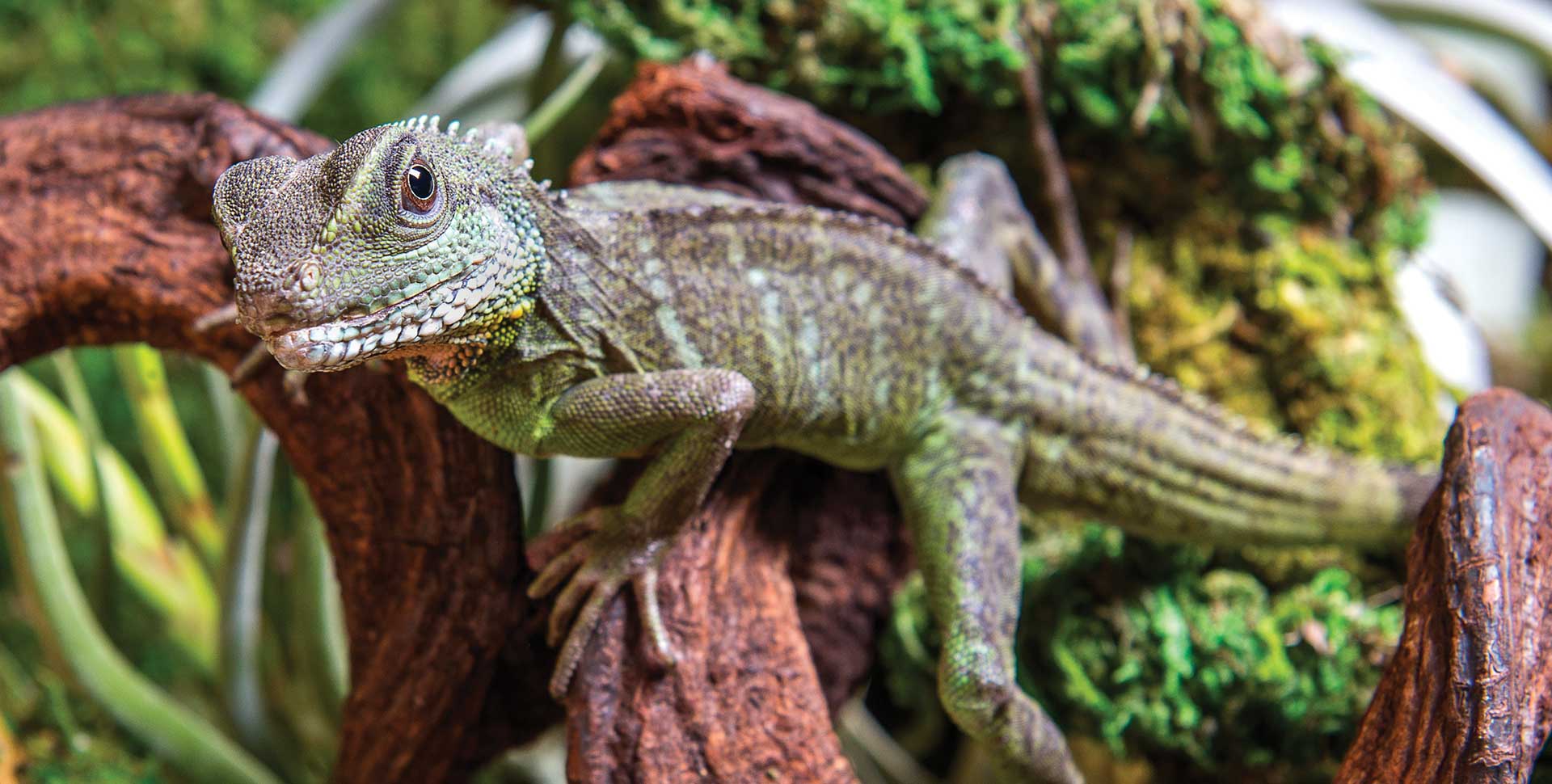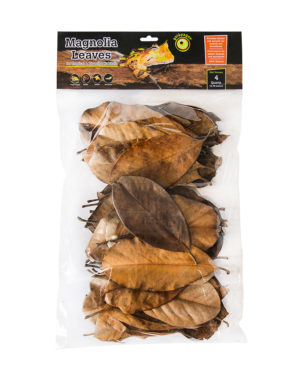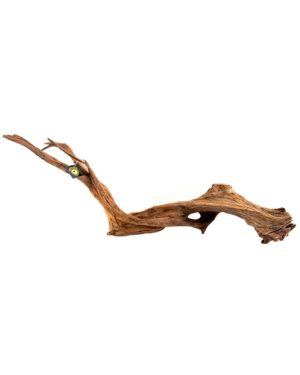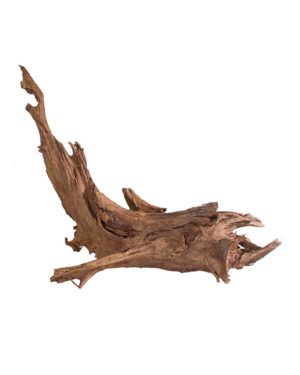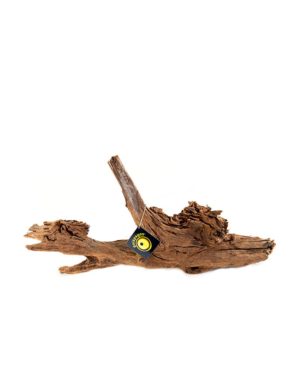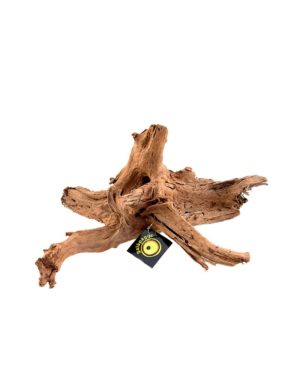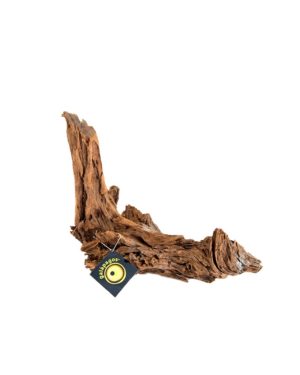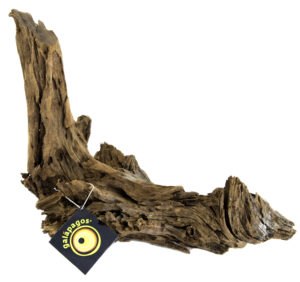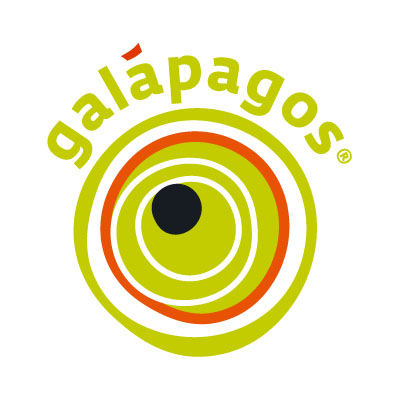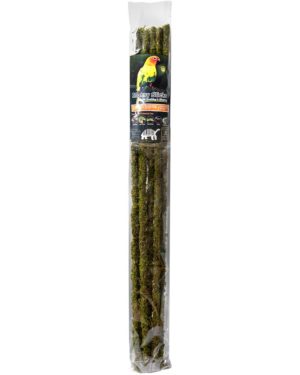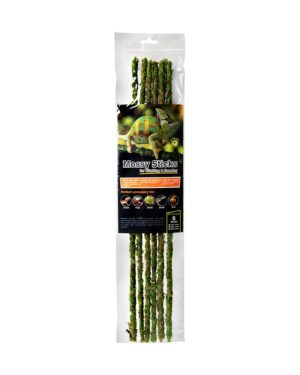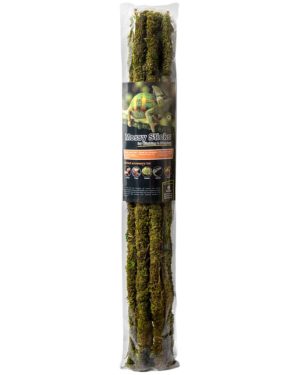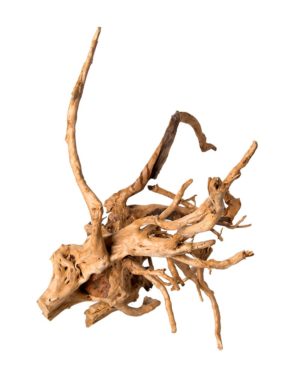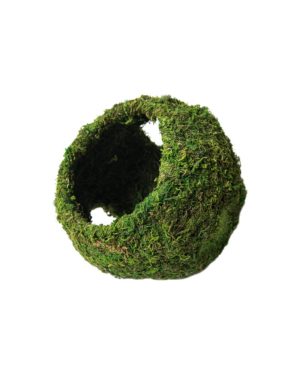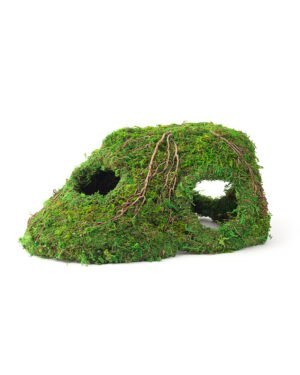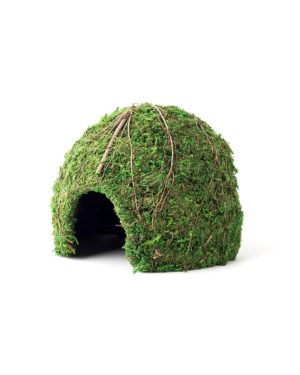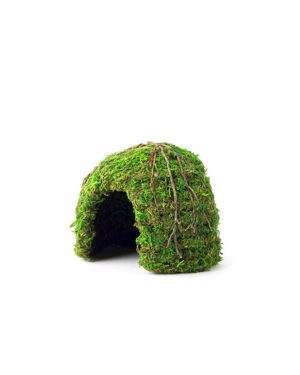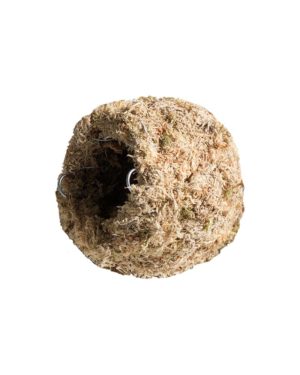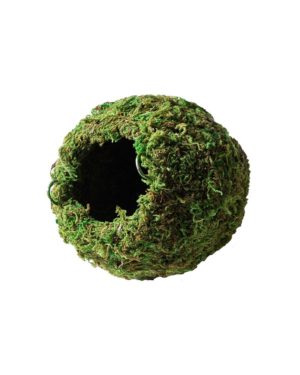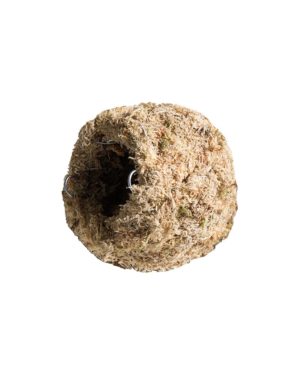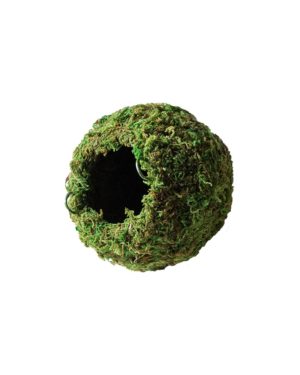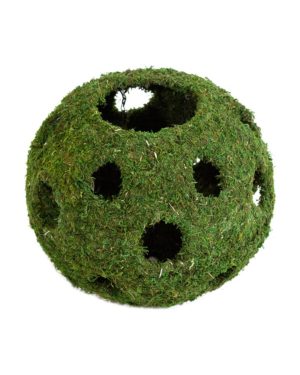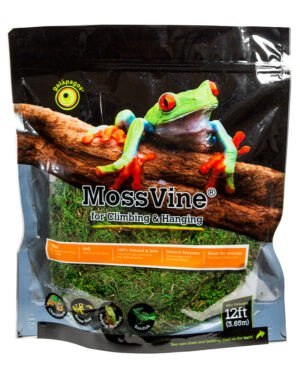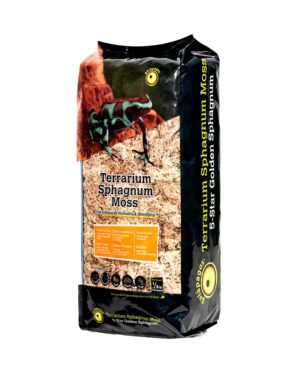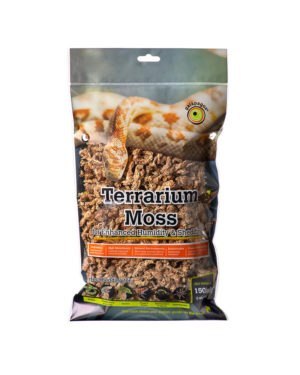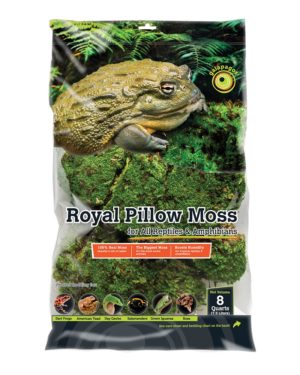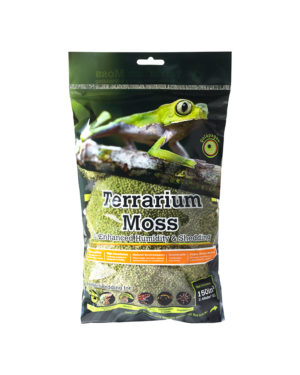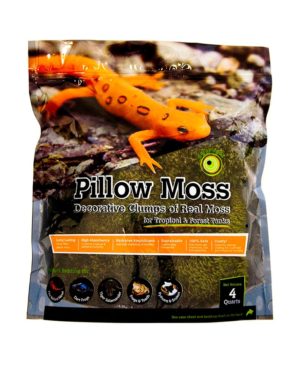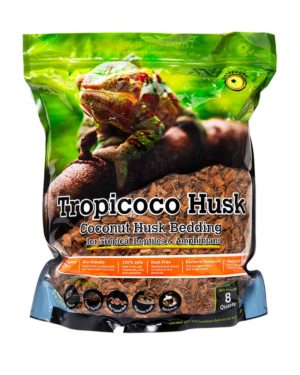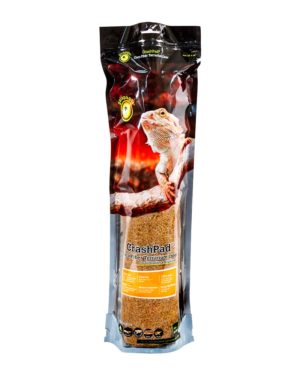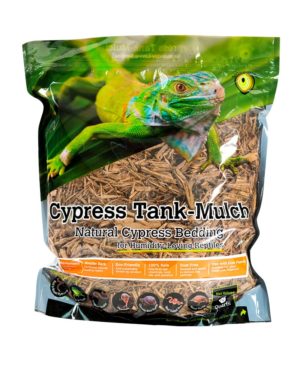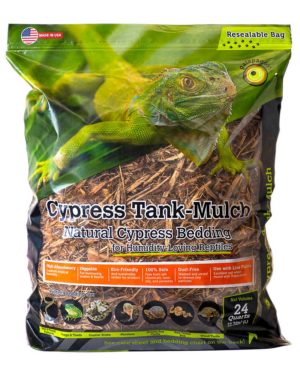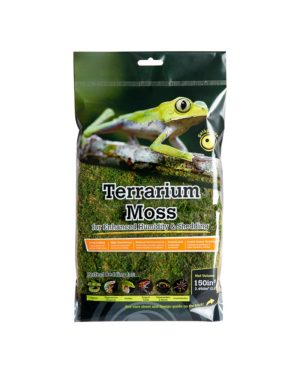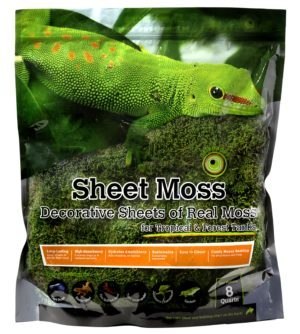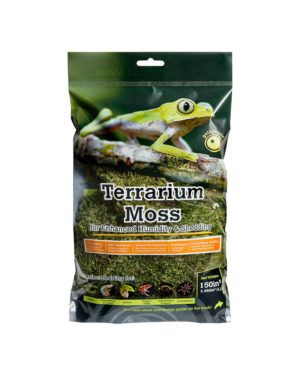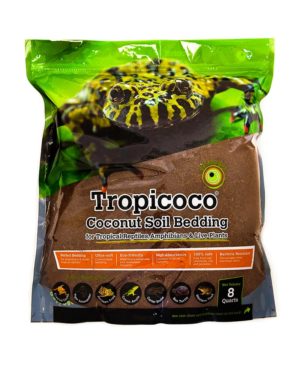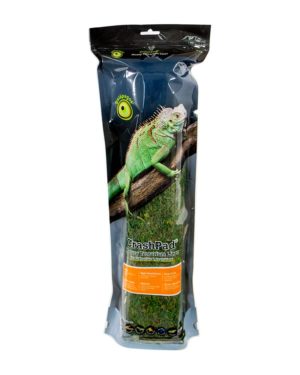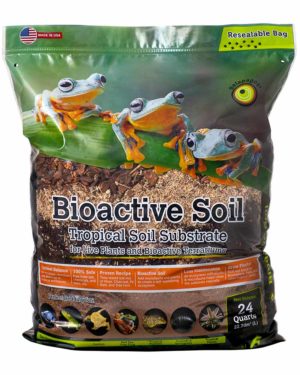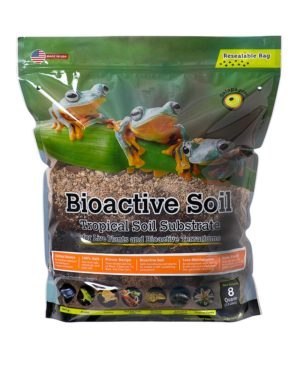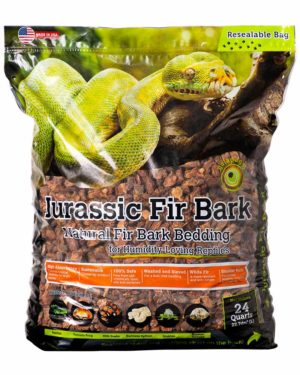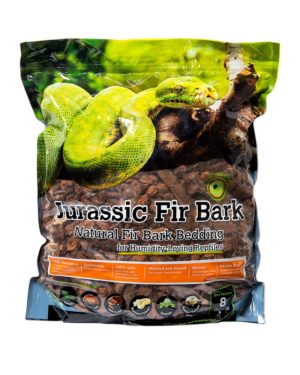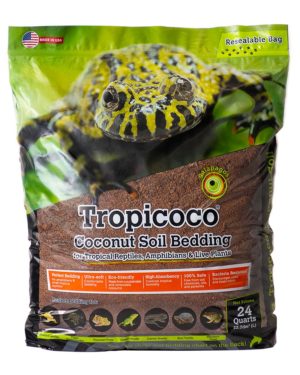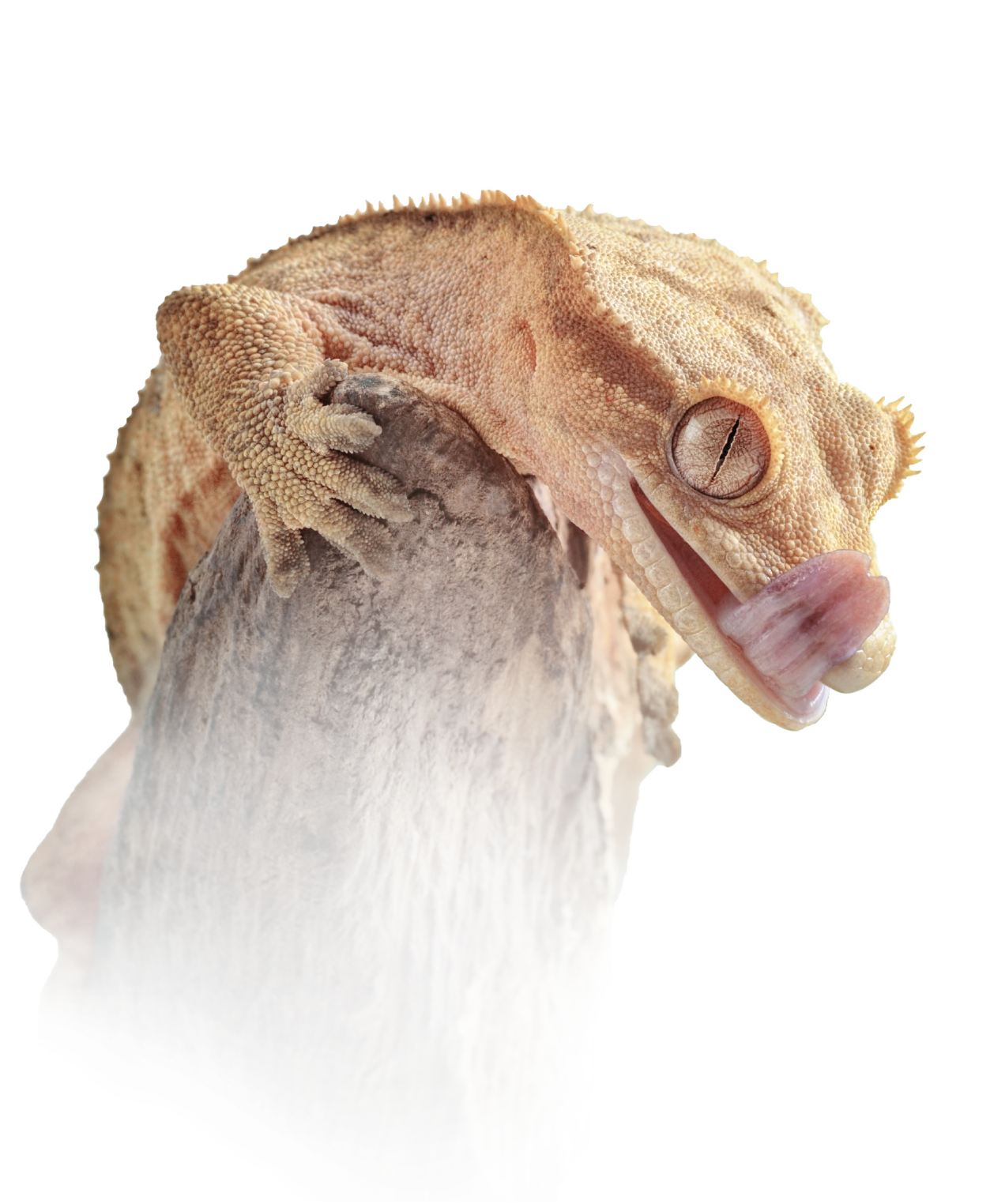Environment
Tropical
Light
UVB
Temperature
75-95 °F
Humidity
80%
Most Active
Diurnal
Lifespan
10-15 years
Size:
Chinese Water Dragons hatch out at approximately 1 inch from snout to vent and around 5-6 inches including the tail. Like many species of lizards, males tend to be larger than females. Including tails, adult males range from around 30-36 inches in size while females tend to average 20-24 inches.
Lifespan:
In captivity, with proper care, Water Dragons can live 10-15 years or more.
Enclosure:
When designing your Water Dragon’s enclosure make sure to remember that they are native to hot, humid regions with many options for climbing. Hatchlings can be kept in a 30 to 40-gallon tank for a short time. Outdoor enclosures are generally the best option for adults but indoor caging is fine when outside weather and temperatures will not allow a safe enclosure. Adults can be housed in larger enclosures measuring 6 feet tall, 3-4 feet deep and 4-6 feet long.
It is possible to keep pairs or multiple females together but avoid multiple males as they can be territorial. Lastly, be careful with glass enclosures as some water dragons do not understand the glass and will end up rubbing their face against it causing damage. Adding paper or a background to the sides and rear of the tank, as well as having a larger enclosure will reduce the chance of this happening.
Temperature & Humidity
Providing a heat gradient with lows in the 80s and a basking spot of 95 degrees Fahrenheit is very important as reptiles are cold blooded and must be able to regulate their body temperature. Night temperatures can drop into the mid 70s and low 80s. A branch, rock, etc., should be placed about 5-6 inches under the heating element to ensure a proper basking spot and heat distribution.
Humidity should be kept around 80 percent and increased during shedding. A great way to help control and maintain humidity during shedding and make your Chinese water dragon’s enclosure more natural is with mosses. Golden and Green Sphagnum Moss are all excellent at storing and maintaining humidity to ensure a clean, perfect shed if you live in a very dry climate.
Lighting
In addition to a basking spot, a full-spectrum UVB light is absolutely necessary. UVB lighting is essential in allowing dragons to absorb calcium D3. There are many options for UVB and basking elements, consulting a breeder or knowledge pet store employee and research brands to determine the best options for your setup.
Feeding
Chinese Water Dragons are omnivorous, meaning they eat plant and animal matter. However, insects should make up the majority of their diet with fruits or vegetables only taking up 10-15 percent. Dubia Roaches, crickets, and mealworms are the main insect diet of a healthy water dragon. Waxworms, superworms, and pinkie mice can be fed on occasion as they are higher in fat.
All feeder insects should be dusted with calcium and multivitamins, as well as gutloaded. Simply place the feeder insects and a small amount of powder into a plastic bag and shake lightly. Gut loading refers to feeding the insects nutritious food, generally powder or gel, for at least 12 hours before feeding to the water dragon.
Water
Water Dragons love to soak in their water dishes and will need a large one that they can swim and soak in. Adding a ramp is a good idea in case they slip or need extra help getting out after a good soak. Make sure to check water daily as dragons will occasionally defecate in their water dish and feeder insects may jump in and contaminate the water. Water should be changed multiple times a week as dragons are susceptible to infections when the water is not kept clean.
Substrate
Water dragons do well on a variety of different substrates. Cypress Mulch, Orchid/Fir Bark, and Coco Husk are great naturalistic substrate options that help maintain and control humidity. There are also several types of soil mixes but Bioactive, ABG mixes, and Coconut Soil mixed with Golden Sphagnum Moss are some of the most common. These mixes are also great naturalistic substrate options that help maintain and control humidity. Adding on Leaf Litter is another great idea as it provides shelter, humidity, and is ideal for microfauna when doing a naturalistic enclosure. No matter what substrate you decide to use make sure to keep an eye on humidity as too much or too little can cause problems.
Hides
Providing a safe hiding place for your water dragon is extremely important to the overall health of your reptile. Chinese Water Dragons need a secure, dark cave or hide that they can retreat to in order to reduce stress and feel safe. It is best to have two hides in the enclosure with one placed on the hot side and one on the cold side. This is so the water dragon can properly control its temperature and feel safe no matter which side they choose.They should have an arboreal and terrestrial hide, as well as a large amount of foliage to hide in.
There are a variety of hides and foliage available on the market that can be used to accomplish these secure hiding places. The plants and leaves that make up the foliage can be fake or live depending on your personal preference.
Decor
Chinese Water Dragon enclosures need to have a good amount of climbing decor. Spider Wood, Manzanita, and Driftwood are popular climbing implements that provide a different texture and aid in shedding. Natural Stones and Mosses are also a great addition for general stimulation and enrichment with the added benefit of a naturalistic enclosure.
Interesting Facts:
- Water Dragons started becoming popular in the pet trade fairly recently. Their rise began in the early 1990s and more information on proper husbandry is constantly being developed and improved upon.
- Like many other reptiles, water dragons have a small, photosensitive spot between their eyes. This is referred to as a “primal eye” and is thought to help reptiles thermoregulate their bodies by sensing the difference in various lights to help assist them in choosing the best place to bask.
- When threatened, Water Dragons will drop from trees or perches into water and swim across to safety or submerge themselves for up to 90 minutes.
- Water Dragons sport a variety of natural colors from green, teal, white, yellow, brown, and black. There are even some Water Dragons that will have purple or orange stomachs.
- Males tend to be larger than females, have a wider head, and maintain a more pronounced nuchal crests above their necks.


